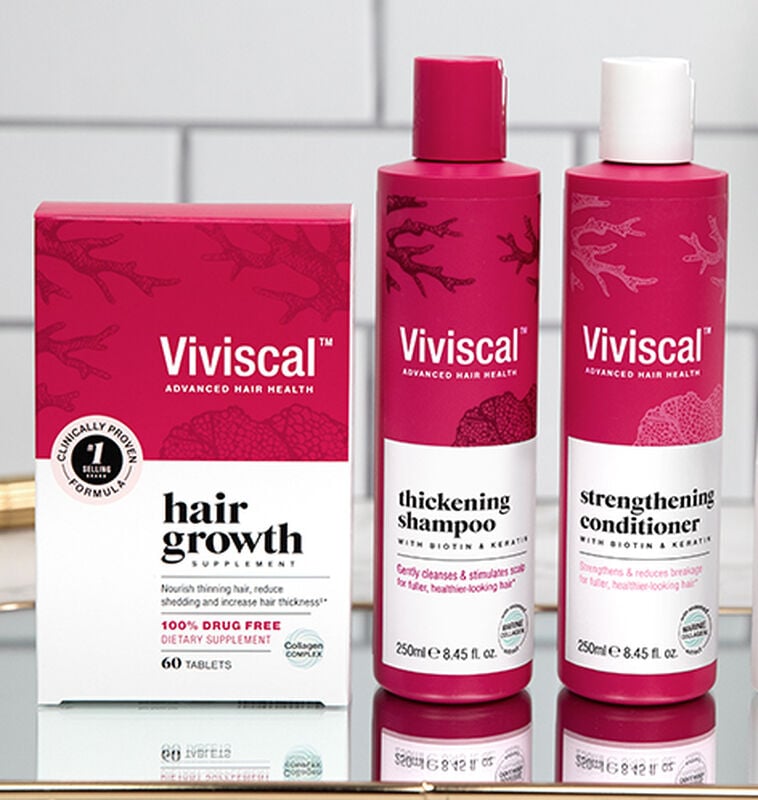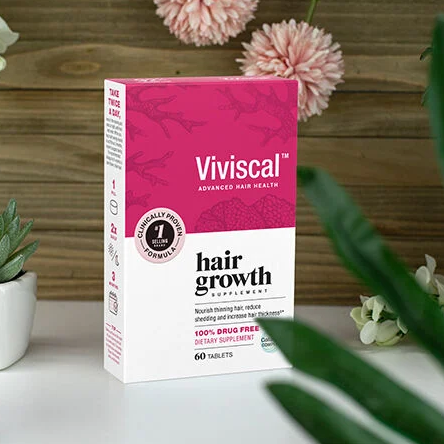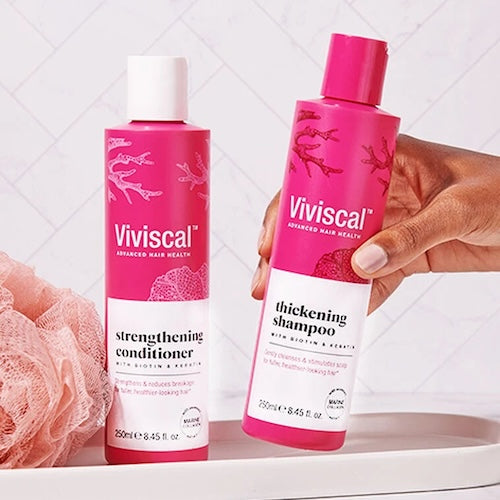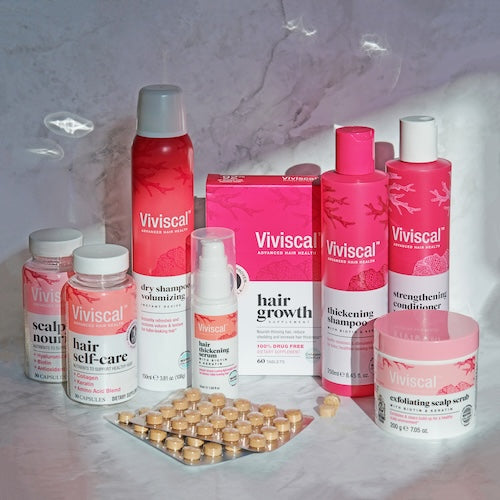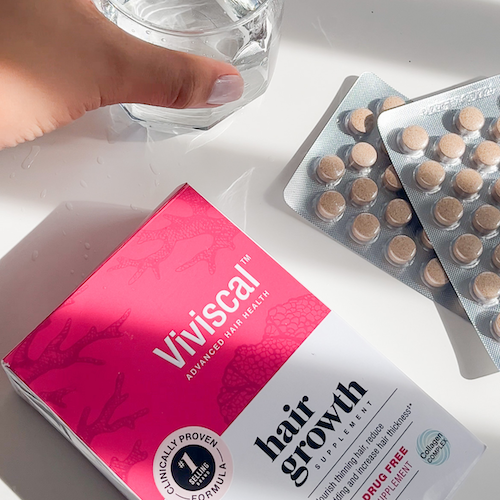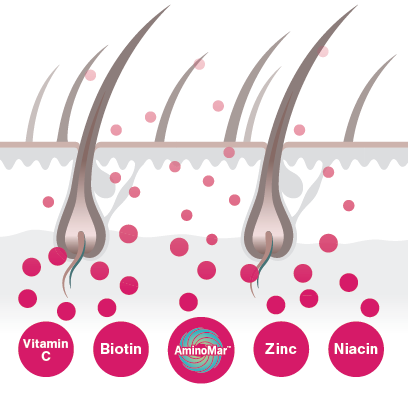Have you ever heard that you need good soil to grow a lush, beautiful garden? Plants can only thrive when their soil is full of nutrients. Just like the foundation for plant growth is important, your hair needs a healthy scalp to grow from as well. Having a healthy scalp is a key step in helping to improve your hair and support hair growth.
Let’s learn more about why a healthy scalp is important and how to get a healthy scalp.
Why scalp health matters?
Your scalp is the unique skin on the top of your head. Just like you take good care of the skin on your face and on your body, you want to take good care of your scalp, too.
Having a healthy scalp helps to support hair growth from the hair follicles and maintain hair health. Dirt and sebum can build-up on the scalp. Obviously, you don’t want dirt on your scalp. Beyond dirt, even the residues of the products you use in your hair can build-up on your scalp. Washing your hair regularly takes off the dirt and product build-up from your scalp and out of your follicles.
Sebum is made by the sebaceous glands, which are attached to your hair follicles. Sebum is an oil produced by your body to moisturize your scalp. However, having too much sebum on your scalp and in your hair follicles can clog your follicles. Regularly cleaning excess sebum out of your scalp can help to keep your scalp healthy.
How to get a healthy scalp?

The good news is that there’s a lot you can do if you are wondering how to get a healthy scalp. And we’re happy to tell you scalp care is not complicated!
Exfoliate your scalp
– scalp exfoliation is a great way for scalp cleansing. Scalp exfoliation helps get rid of dirt and excess oils on your scalp and helps support healthy hair follicles.
Gently cleanse your scalp
– there’s no reason to be tough on your scalp. Cleansing your scalp with gentle cleansers helps clean your scalp and hair. Viviscal’s Thickening Shampoo cleanses and stimulates the scalp± and Viviscal Strengthening Conditioner conditions and strengthens the hair^. These products work together to help support your hair and scalp.
Protect your scalp from the sun.
As with the other skin on your body, it’s important to protect your scalp from harmful UV rays. One easy way to do this is to wear a hat when you are out. Plus, hats can add fantastic style to your outfits!
Nourish from the inside out
– good nutrition supports scalp health just like it nourishes all parts of your body. Ensure that your follicles have the nutrition they need for growth and that all the cells in your scalp have the nutrients they need to function as well as possible. You’ll want to ensure that you get enough protein with choices like lean meats, chicken, eggs, fish, beans, dairy, lentils and nuts, depending on your health needs and your dietary restrictions. Focus on adding a wide variety of vegetables, fruits and whole grains, to provide lots of key nutrients.
Don’t forget - if you are worried about your scalp or have any questions about how to best take care of your scalp, contact your health care professional.
Scalp Matters
Your scalp is the foundation for your hair growth, and having a healthy scalp helps support that hair growth from your hair follicles. Gentle cleansing, moisturizing, protecting your scalp from the sun, and getting the nutrients your body needs are all important ways to help maintain a healthy scalp. And know that we are here to help - Viviscal products can help support your scalp’s needs!
Brought to you by the ViviscalTM hair experts.
±Use in conjunction with Viviscal Strengthening Conditioner.
^Use in conjunction with Viviscal Thickening Shampoo.
